Description
Familiarity with treatment
The peri-areolar breast lift, also known as the Benelli lift or doughnut mastopexy, is a surgical procedure aimed at lifting and reshaping the breasts. Here is an explanation of the procedure based on the search results:
Suitability: The peri-areolar breast lift is generally suitable for individuals with small to medium-sized breasts and minimal sagging. It is important to have a BMI of under 30 to be eligible for the procedure at certain clinics 1.
Incision: The surgeon begins by administering anesthesia. Then, they make an incision following the outer pigment of the areola until a disc of skin can be removed. The incision is made around the border of the areola, creating a circular pattern 1 2 3.
Skin Tightening and Nipple Repositioning: After the incision is made, the outer and inner circles of skin are brought back together to tighten the skin and raise the position of the nipple. This helps to reshape and lift the breasts, providing a more youthful appearance 1.
Additional Techniques: In some cases, the peri-areolar breast lift may be combined with other techniques, such as breast augmentation or liposuction, to achieve the desired results 4.
Recovery: The recovery period after a peri-areolar breast lift can vary, but in general, most patients can expect to return to work and resume most activities within a couple of weeks. Full recovery typically takes around six weeks. It is important to follow postoperative instructions provided by the surgeon, including wearing a supportive bra and avoiding strenuous activities 1.
Results: The peri-areolar breast lift aims to provide a more lifted and youthful appearance to the breasts. Results can be seen once the initial swelling and soreness subside, typically within a few weeks. However, it may take several months for the final results to fully manifest 1.
Who is it suitable for?
The peri-areolar breast lift, also known as the Benelli lift or doughnut mastopexy, is generally suitable for individuals with mild sagging or droopiness in their breasts. Here are some key points regarding the suitability of the peri-areolar breast lift based on the search results:
- Mild Sagging: The peri-areolar breast lift is designed for individuals who have a slight droopiness in their breasts but do not have enough sagging to require more complex lifts like a vertical or inverted-T lift 1.
- Small to Medium-Sized Breasts: This procedure is typically suitable for individuals with small to medium-sized breasts.
- Grade I Sagging: The peri-areolar breast lift is considered appropriate for individuals with Grade I sagging, which refers to mild sagging of the breasts 2.
- Minimal Sagging: It is best suited for patients who have minimal sagging and do not require extensive lifting.
- Realistic Expectations: Candidates for the peri-areolar breast lift should have realistic expectations about the outcomes of the procedure 3.
Who is it not suitable for?
Based on the search results, here are some points regarding who the peri-areolar breast lift may not be suitable for:
Significant Sagging: The peri-areolar breast lift is not typically suitable for individuals with significant sagging or droopiness in their breasts. This procedure is best suited for individuals with mild sagging or those who require only a subtle lift.
Large Breasts: The peri-areolar breast lift may not be the most suitable option for individuals with larger breasts. This technique is generally recommended for individuals with small to medium-sized breasts.
Extensive Lifting Needed: If you require more extensive lifting or have Grade II or higher sagging, other breast lift techniques, such as the vertical or inverted-T lift, may be more appropriate.
Desire for Significant Size Change: The peri-areolar breast lift is primarily focused on lifting and reshaping the breasts, rather than significantly changing their size. If you desire a significant increase or decrease in breast size, other procedures like breast augmentation or reduction may be more suitable.
Unrealistic Expectations: It’s important to have realistic expectations about the outcomes of the peri-areolar breast lift. This procedure can provide a subtle lift and reshaping, but it may not achieve the same level of results as more extensive breast lift techniques.
Advantages
Based on the search results, here are some advantages of the peri-areolar breast lift:
- Minimally Invasive: The peri-areolar breast lift is considered one of the least invasive breast lift techniques. It involves making just one incision around the areola, resulting in minimal scarring 1.
- Low Scar Visibility: Due to the nature of the incision tracing the full edge of the areola, the resulting scar from the peri-areolar breast lift is often virtually invisible to the naked eye 1.
- Suitable for Mild Sagging: The peri-areolar breast lift is particularly beneficial for individuals with a low to medium amount of sagging (ptosis) in their breasts 2. It can provide an effective solution for those who require a moderate amount of lift.
- Options for Surgeon: The peri-areolar incision offers more options for the surgeon, allowing them to reshape and lift the breasts while maintaining a natural appearance 3.
Complications
Based on the search results, here are some potential complications associated with the peri-areolar breast lift:
Potential Impact on Breastfeeding: Like with any breast surgery, a peri-areolar breast lift can potentially reduce milk production for breastfeeding. It’s important to discuss this concern with your surgeon if you plan to have children in the future and want to breastfeed 1.
Circular-Shaped Scar: Some individuals may have a predisposition towards a scar that encircles the nipple. The peri-areolar breast lift involves making an incision around the border of the areola, resulting in a circular-shaped scar. It’s important to discuss scar management techniques with your surgeon 1.
Limited Amount of Lift: The peri-areolar breast lift is best suited for individuals with mild sagging or droopiness. It may not provide as significant of a lift as more extensive breast lift techniques like the vertical or inverted-T lift. If you have significant sagging, other techniques may be more appropriate.
Potential for Complications: As with any surgical procedure, there are potential risks and complications associated with the peri-areolar breast lift. These can include bleeding, infection, wound healing problems, changes in breast or nipple sensation, and chronic pain. It’s important to discuss these risks with your surgeon and follow their postoperative instructions 2.
preoperative care
Based on the search results, here are some points regarding the preoperative care of a peri-areolar breast lift:
Consultation: The first step in the preoperative care process is to schedule a consultation with a qualified plastic surgeon. During this consultation, you will discuss your goals, medical history, and any concerns you may have. The surgeon will evaluate your breasts and determine if you are a suitable candidate for the peri-areolar breast lift.
Medical Evaluation: Before undergoing any surgical procedure, a comprehensive medical evaluation will be conducted to ensure that you are in good health and fit for surgery. This evaluation may include blood tests, imaging studies, and an assessment of your overall physical condition.
Discussion of Expectations: It’s important to have a clear understanding of what you can expect from the peri-areolar breast lift. Your surgeon will discuss the potential outcomes, risks, and limitations of the procedure. They will also explain the scarring that may occur and how it can be managed.
Smoking and Medication: If you are a smoker, you will be advised to stop smoking well in advance of the surgery. Smoking can interfere with the healing process and increase the risk of complications. Additionally, you may be asked to avoid certain medications, such as aspirin or anti-inflammatory drugs, that can increase the risk of bleeding.
Preoperative Instructions: Your surgeon will provide you with specific preoperative instructions to follow in the days leading up to the surgery. These instructions may include guidelines on fasting before the procedure, avoiding certain skincare products, and arranging for someone to drive you home after the surgery.
Preparation for Recovery: It’s important to prepare for the recovery period after the peri-areolar breast lift. This may involve arranging for someone to assist you at home, stocking up on necessary supplies, and making any necessary adjustments to your daily routine.
Postoperative care
Based on the search results, here are some points regarding the postoperative care of a peri-areolar breast lift:
Follow Surgeon’s Instructions: It is crucial to follow your surgeon’s postoperative instructions carefully. These instructions may include guidelines for wound care, medication management, and activity restrictions.
Wound Care: Proper wound care is essential for optimal healing. Your surgeon will provide instructions on how to clean and care for the incision site. This may involve keeping the incision clean and dry, applying prescribed ointments or dressings, and avoiding activities that may put strain on the incision.
Pain Management: Your surgeon may prescribe pain medication to manage any discomfort or pain during the recovery period. It’s important to take the medication as directed and report any severe or prolonged pain to your surgeon.
Compression Garments: Your surgeon may recommend wearing a supportive bra or compression garment to provide support and minimize swelling. It’s important to follow their recommendations regarding the type and duration of garment wear.
Activity Restrictions: During the initial recovery period, you may be advised to avoid strenuous activities, heavy lifting, and exercise. It’s important to follow your surgeon’s recommendations to allow for proper healing.
Follow-up Appointments: Your surgeon will schedule follow-up appointments to monitor your healing progress and address any concerns or questions you may have. It’s important to attend these appointments and communicate any changes or issues you may experience.
Scar Management: Your surgeon may provide guidance on scar management techniques, such as the use of silicone sheets or gels, to help minimize the appearance of scars. It’s important to follow their recommendations and protect the incision site from sun exposure.
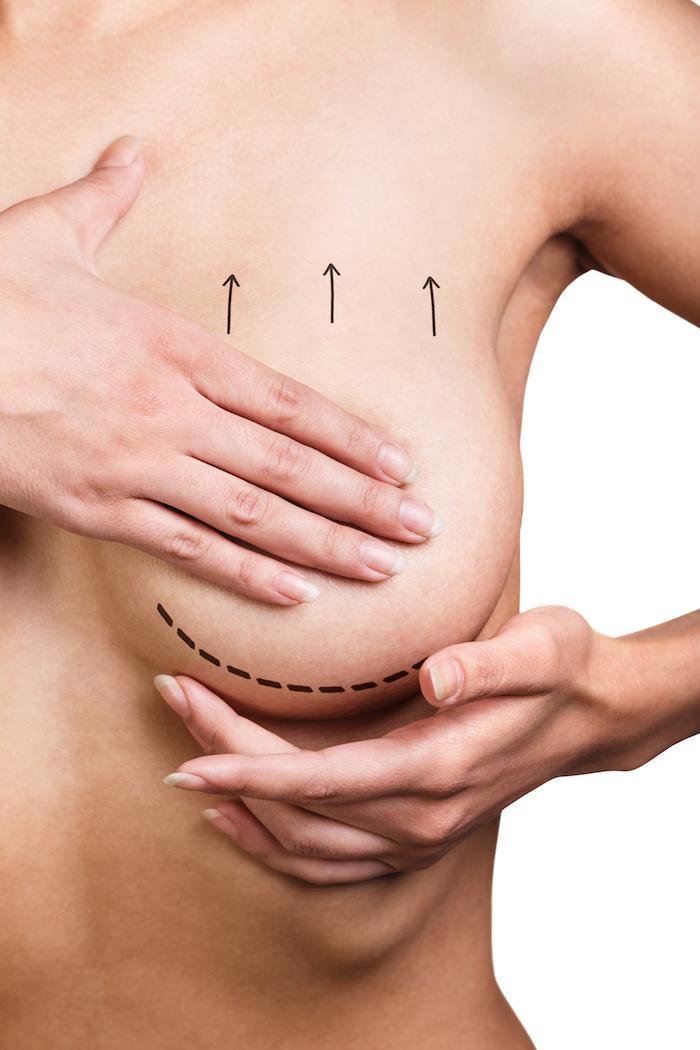
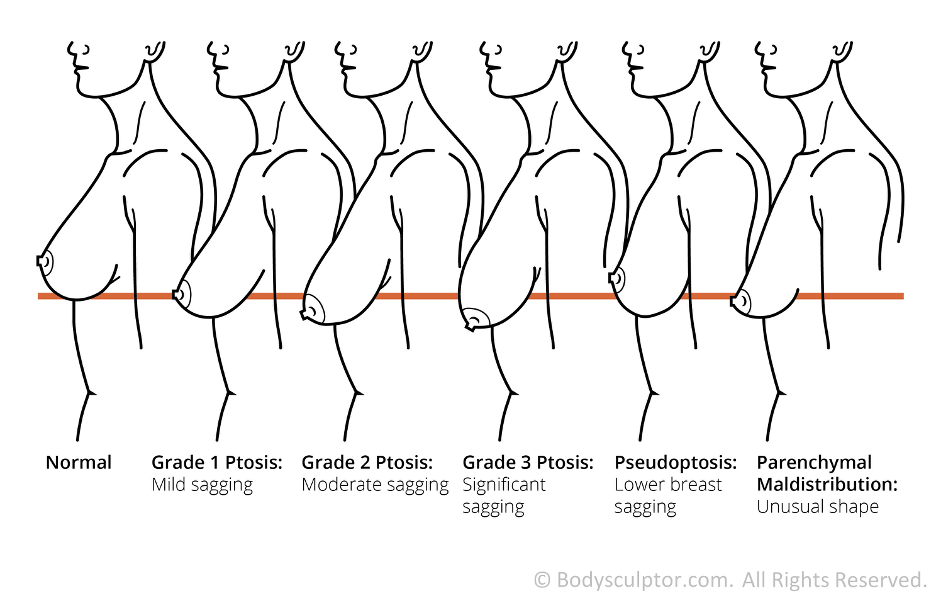
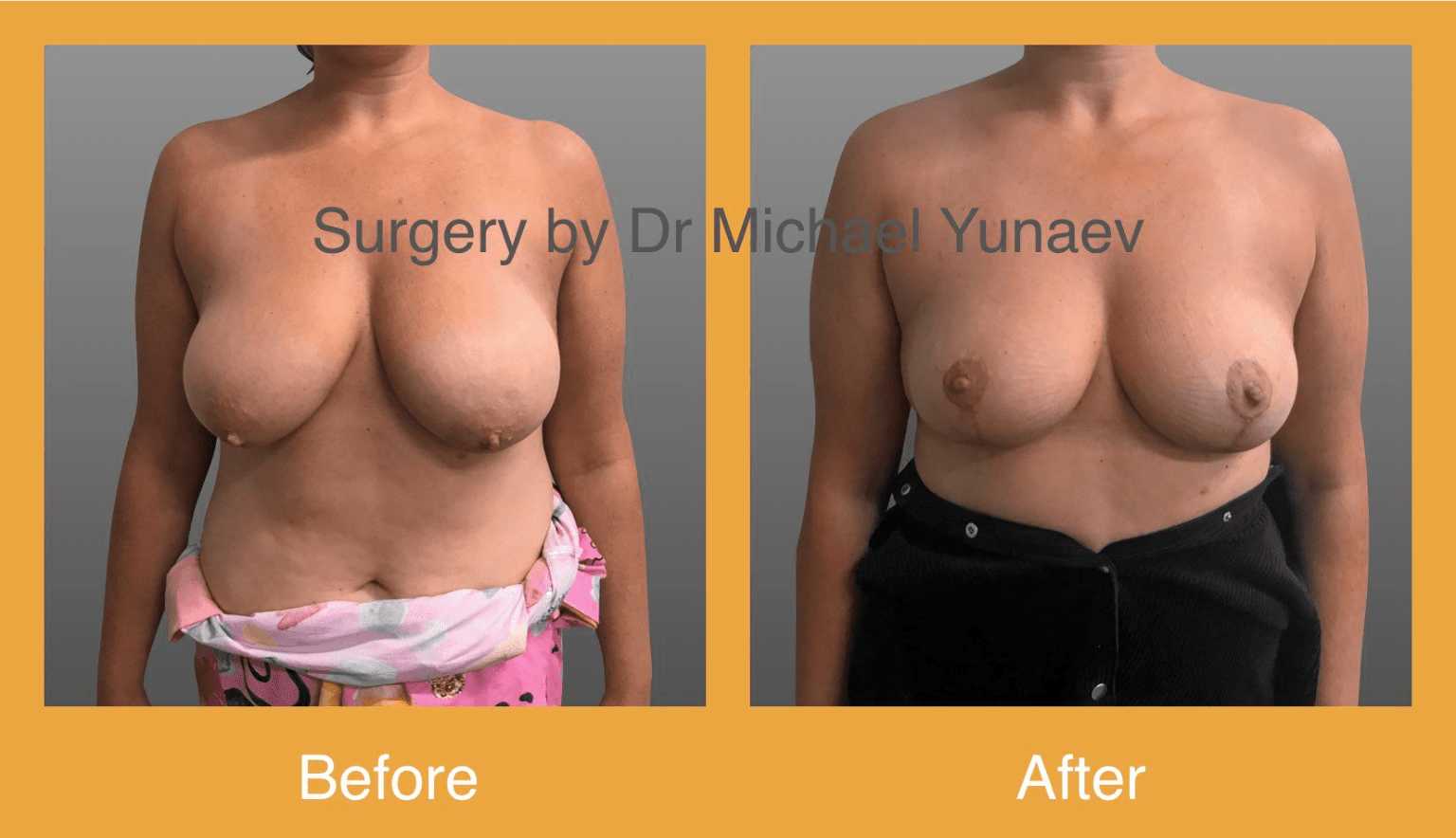
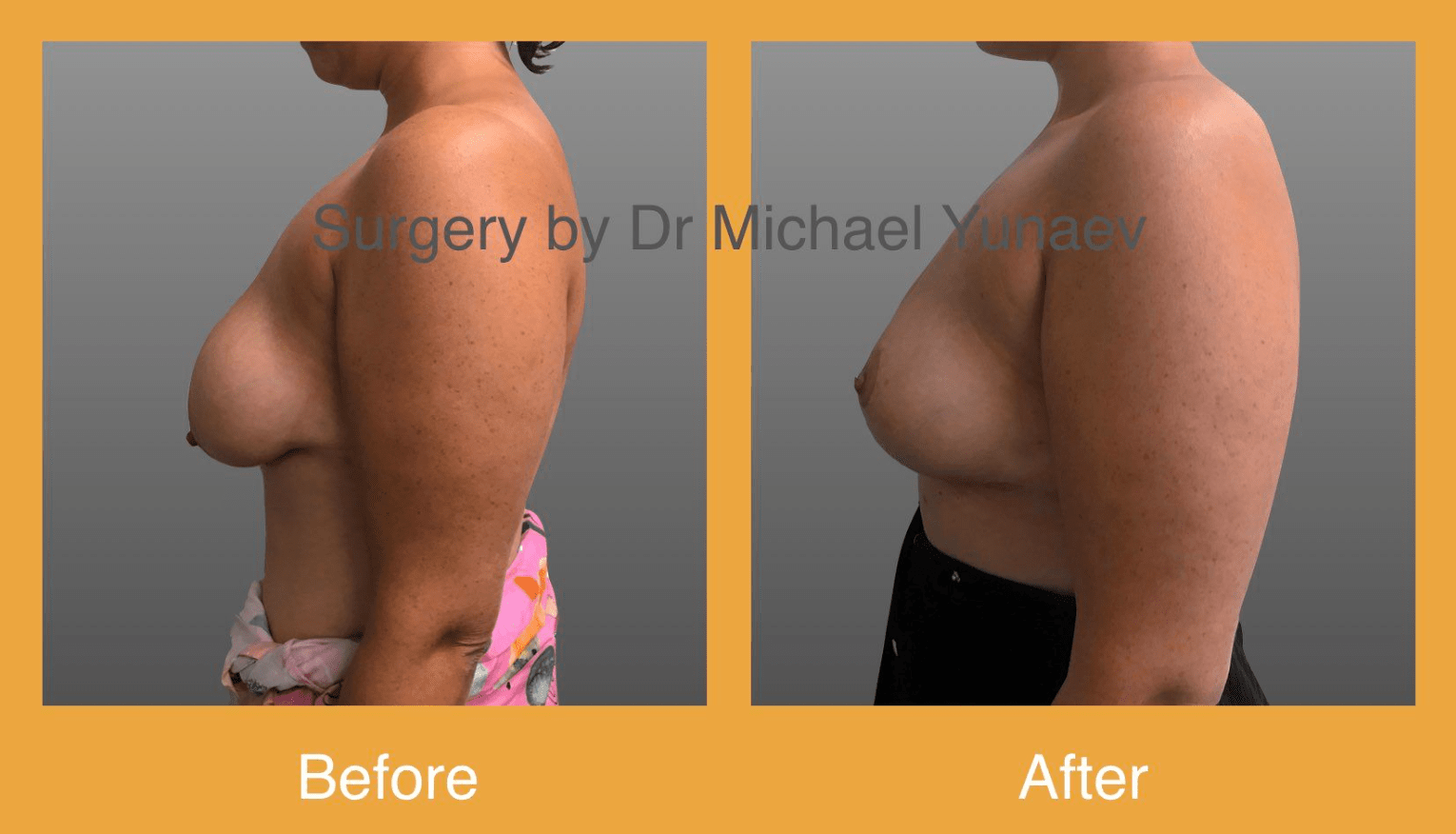
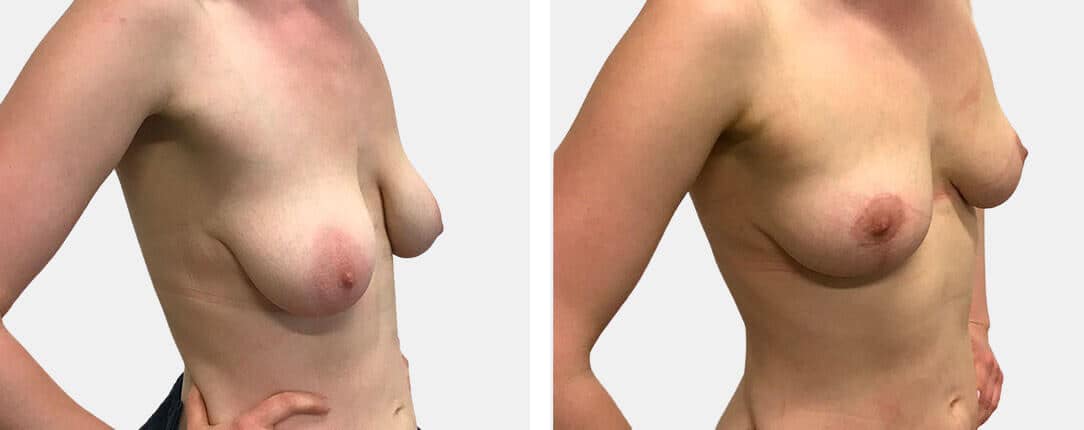
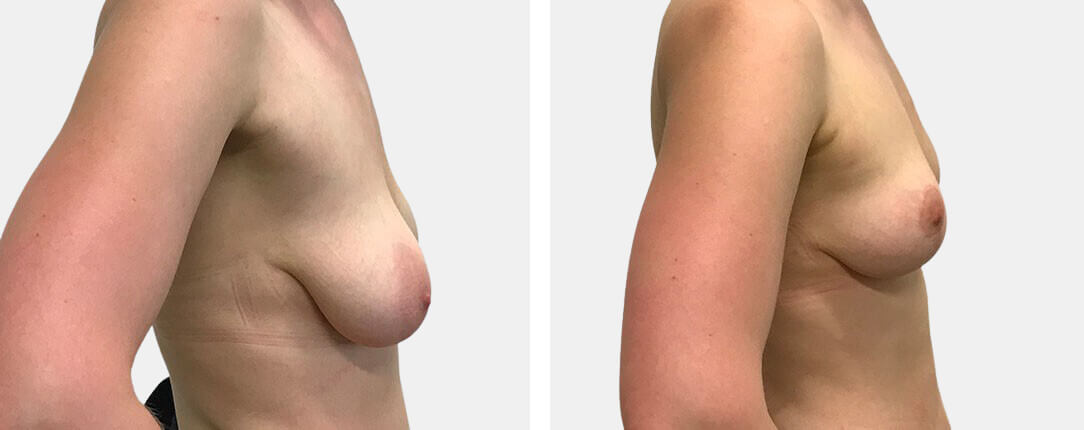
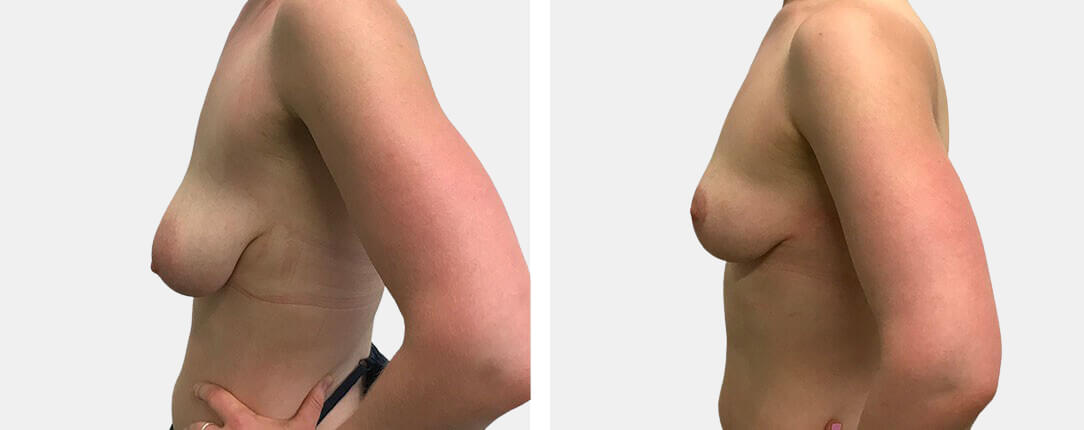
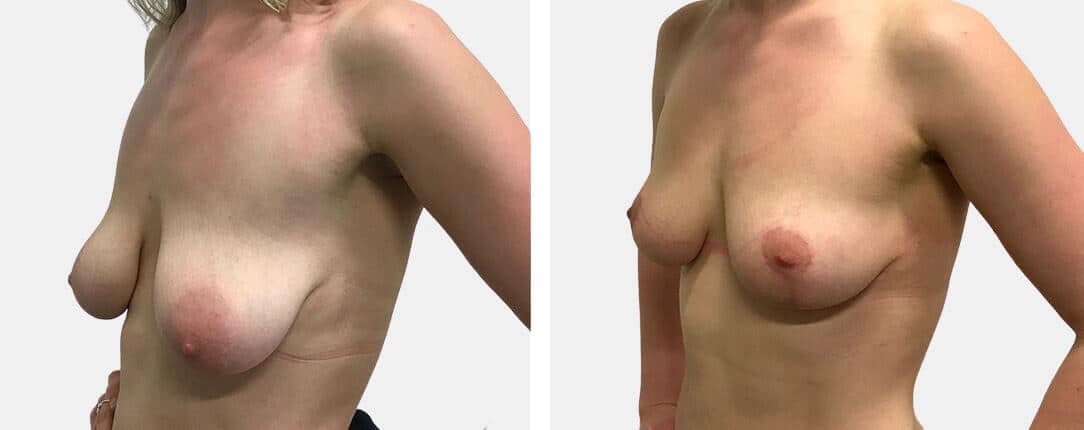
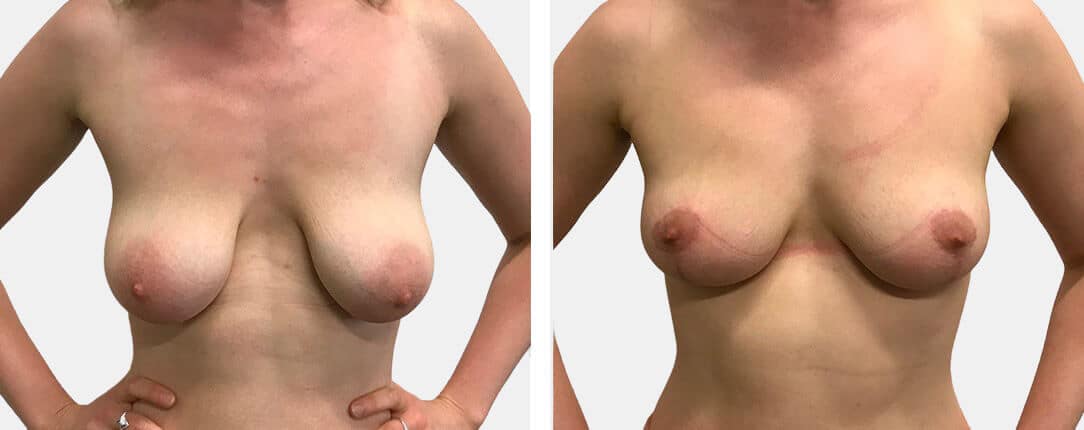
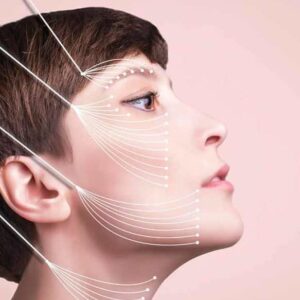
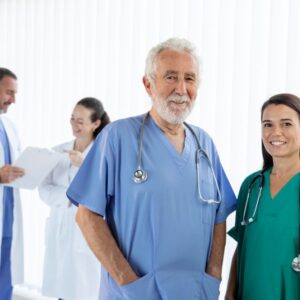
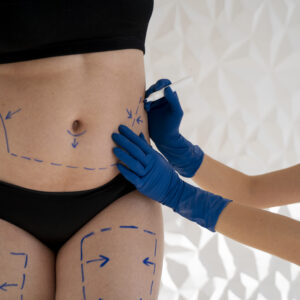

Reviews
There are no reviews yet.